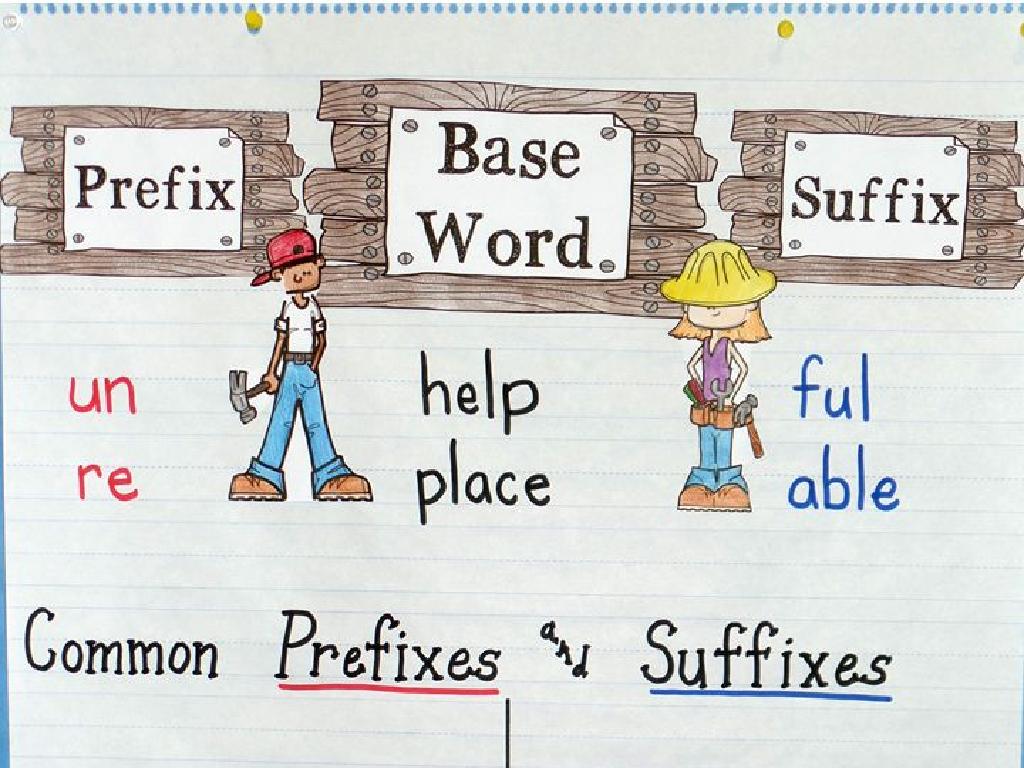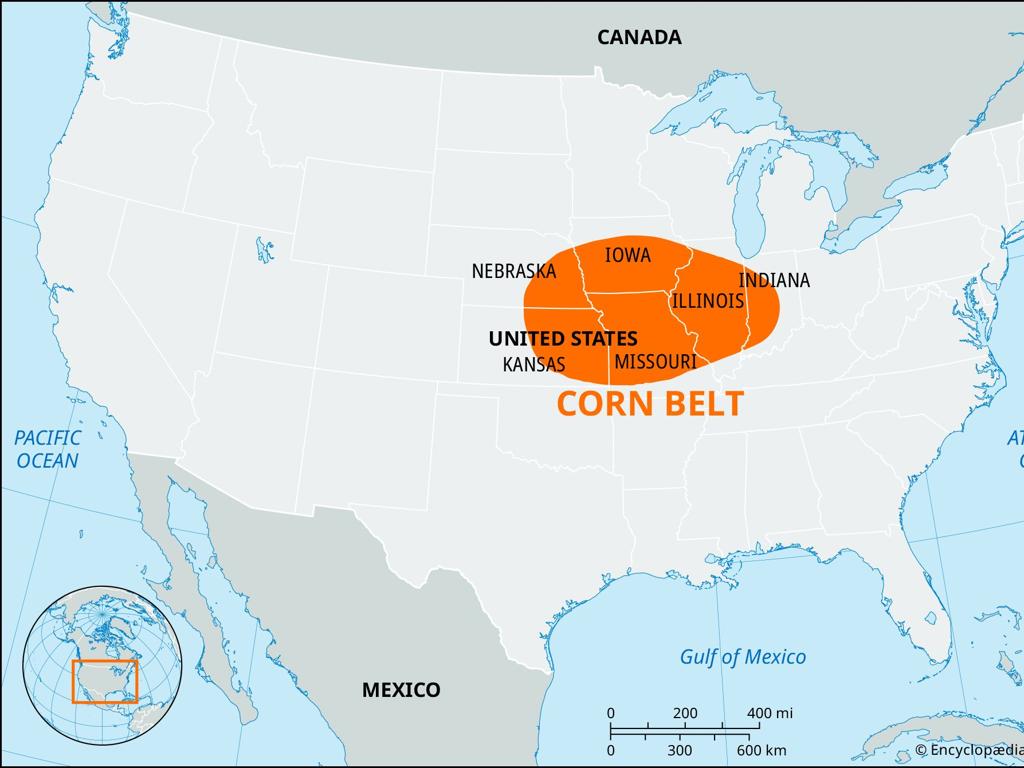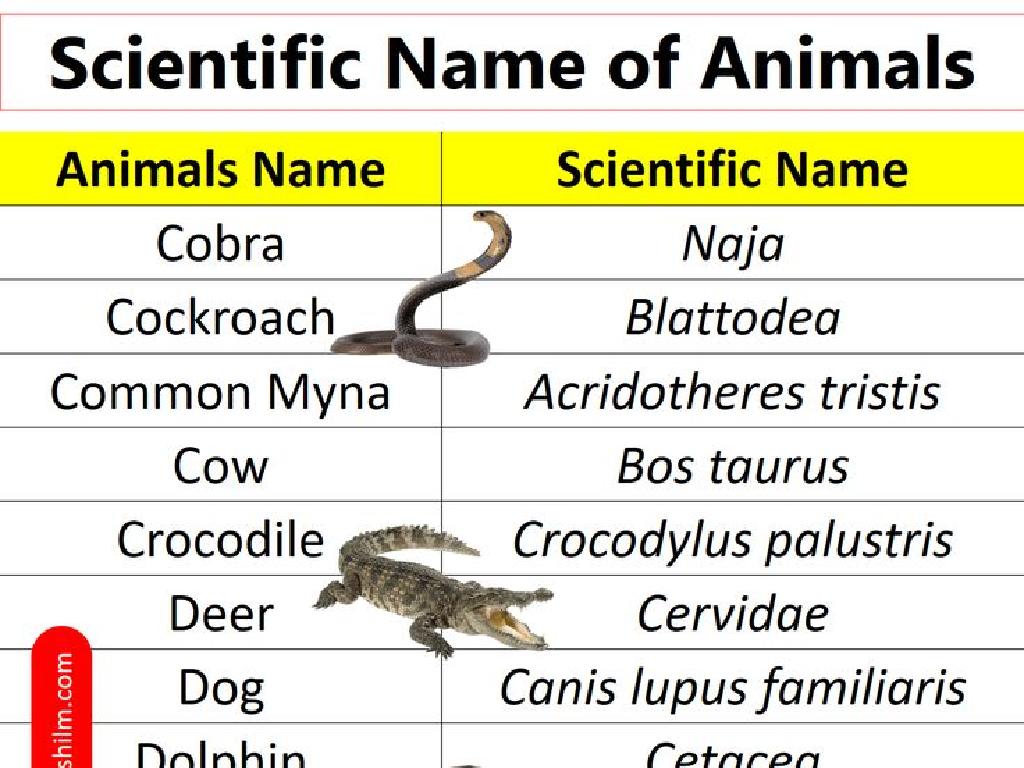Identify Shortage And Surplus
Subject: Social studies
Grade: Eighth grade
Topic: Supply And Demand
Please LOG IN to download the presentation. Access is available to registered users only.
View More Content
Introduction to Supply and Demand
– Explore basic economics concepts
– Define supply and demand
– Supply is how much is available, demand is how much people want
– Impact on everyday life
– Prices of goods, availability, and consumer choices
– Recognizing shortage and surplus
– Shortage: demand > supply, Surplus: supply > demand
|
This slide introduces the foundational concepts of economics, focusing on supply and demand, which are crucial for understanding market dynamics. Begin by explaining the basic principles of economics, such as trade, markets, and the role of money. Then, define supply as the amount of a product or service available to consumers, and demand as the desire of consumers to purchase goods and services. Discuss how supply and demand interact to determine the prices of goods and services, influence consumer choices, and affect the availability of products. Highlight real-life examples, such as popular new gadgets being in short supply or stores having a surplus of unsold items. Conclude by explaining how shortages occur when demand exceeds supply, leading to higher prices, and how surpluses occur when supply exceeds demand, often resulting in discounted prices.
Understanding Economic Shortage
– Define economic shortage
When demand exceeds supply, leading to a lack of available goods.
– Explore causes of shortage
Factors like increased demand, supply disruptions, or price ceilings can lead to shortages.
– Examine real-world shortages
Recent chip shortage affecting electronics, or sudden fuel shortages due to natural disasters.
– Discuss shortage impacts
|
This slide aims to explain the concept of an economic shortage to eighth-grade social studies students. Begin with the definition, ensuring students understand that a shortage occurs when the demand for a product or service surpasses its supply, resulting in scarcity. Discuss various causes such as sudden spikes in demand, supply chain issues, or artificial price limits set by governments. Provide relatable examples, such as the impact of a natural disaster on fuel availability or global events causing a shortage of electronic components. Highlight the consequences of shortages, such as price increases, long lines for products, and the need for rationing. Encourage students to think of other examples and consider the effects of shortages on daily life.
Understanding Economic Surplus
– Define surplus in economics
– Surplus occurs when supply exceeds demand for a product or service.
– Explore causes of surplus
– Overproduction, decrease in demand, or pricing errors can lead to surplus.
– Examine real-world surplus examples
– Examples: Unsold holiday items post-season, or an abundance of crops due to a bumper harvest.
|
This slide aims to explain the concept of surplus in the context of economics. A surplus happens when there’s more of a product available than what people want to buy. It’s important for students to understand that surplus can be caused by various factors such as producing too much of an item, a sudden drop in demand, or incorrect pricing strategies. Real-world examples, like unsold merchandise after a holiday or excess agricultural produce after a particularly good growing season, can help students grasp the concept. Discuss how surplus affects prices and market dynamics. Encourage students to think of other examples and consider the implications of surplus in different scenarios.
Effects of Shortage and Surplus on Markets
– Price fluctuations due to shortage/surplus
– Shortage can drive prices up, surplus may lower them
– Consumer and producer impacts
– Shortage may limit choices for consumers; producers may struggle to sell during surplus
– Analyzing shortage versus surplus
– Shortage means demand > supply; surplus means supply > demand
– Market adjustments and predictions
– Markets self-correct over time through price and supply changes
|
This slide aims to explain the consequences of shortage and surplus in the market. A shortage, where demand exceeds supply, often leads to increased prices as consumers compete for limited goods. Conversely, a surplus, where supply exceeds demand, can result in decreased prices as producers try to sell excess stock. Students should understand how these conditions affect both consumers, who may face limited choices or lower prices, and producers, who may benefit from higher prices or struggle with excess inventory. Discuss the concept of market equilibrium, where supply equals demand, and how markets tend to move towards this balance over time, adjusting prices and production levels accordingly. Encourage students to think of real-life examples and predict how markets might react to different scenarios of shortage and surplus.
Identifying Shortage and Surplus in Markets
– Understanding supply and demand graphs
– Graphs show the relationship between the price of goods and the quantity available.
– Equilibrium, shortage, and surplus points
– Equilibrium is where supply equals demand; shortage and surplus occur when they don’t match.
– Case study: Market scenario analysis
– Review a real-world example to see these concepts in action.
– Impact of shortage and surplus
– Shortage can lead to price increases, surplus may cause prices to drop.
|
This slide introduces students to the fundamental concepts of supply and demand, focusing on how to read graphs that depict these economic forces. Students will learn to identify the point of equilibrium on a graph, where the quantity supplied equals the quantity demanded. They will also learn to recognize when a shortage or surplus is present, which occurs when the quantity demanded is greater or less than the quantity supplied, respectively. The case study will provide a practical example, helping students to visualize how these concepts play out in real markets. Discuss the effects of shortages and surpluses on market prices and availability of goods. Encourage students to think critically about how these situations might affect consumers and producers.
Class Activity: Market Simulation
– Divide into groups: Producers & Consumers
– Engage in a market simulation
– Act out buying and selling products
– Identify moments of shortage
– When demand exceeds supply
– Discuss moments of surplus
– When supply exceeds demand
|
This interactive class activity is designed to help students understand the concepts of shortage and surplus through a simulated market experience. Divide the class into two groups, producers and consumers. Producers will create and sell products, while consumers will buy them using a limited amount of ‘class currency’. During the simulation, prompt students to pay attention to how supply and demand affect product availability and prices. After the activity, lead a discussion to identify when and why shortages and surpluses occurred. Possible variations of the activity could include changing the number of products available, altering the ‘class currency’ distribution, or introducing external factors that affect supply or demand. The goal is for students to visualize and grasp the dynamics of market economies.
Understanding Shortage and Surplus: Recap
– Review: What are shortage and surplus?
– Shortage: demand > supply. Surplus: supply > demand.
– Significance of these economic concepts
– They help predict market changes and inform business decisions.
– Engage in Q&A session
– Reflect on today’s learning
– Think about how these concepts appear in real life.
|
This slide aims to consolidate the students’ understanding of shortage and surplus within the context of supply and demand. Begin by reviewing the definitions of shortage (when demand exceeds supply) and surplus (when supply exceeds demand). Emphasize the importance of these concepts in economics, as they can indicate the health of a market and influence pricing and production decisions. Encourage students to ask questions to clarify their understanding. Conclude the session by asking students to reflect on what they’ve learned and how it applies to real-world scenarios, such as product availability in stores or pricing strategies.





